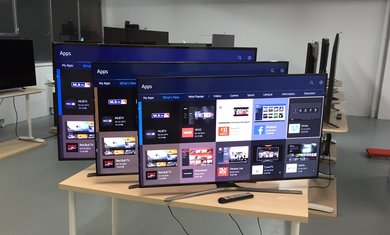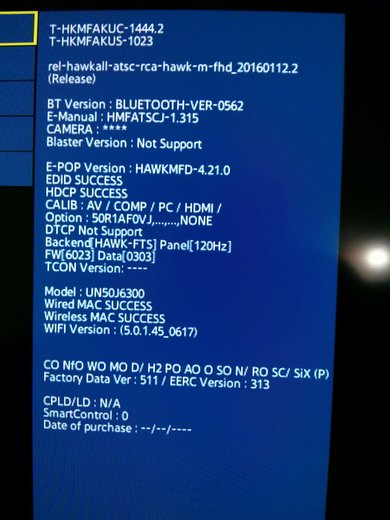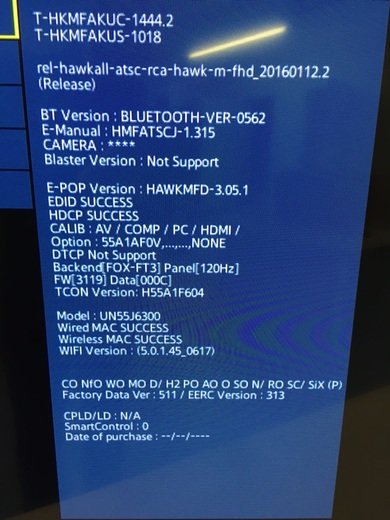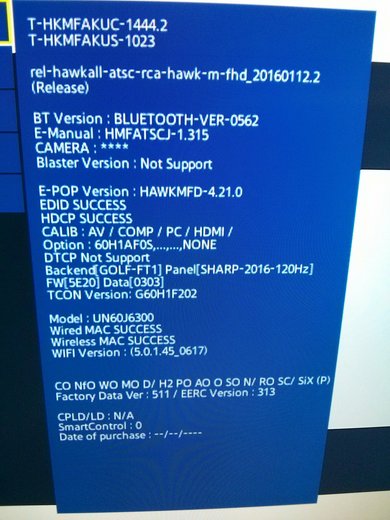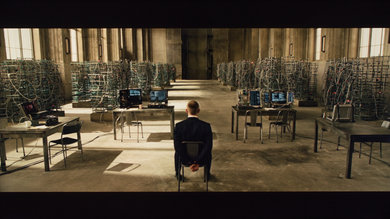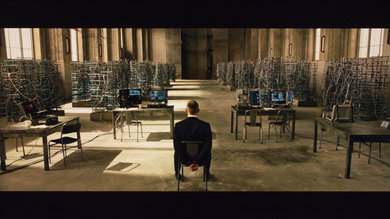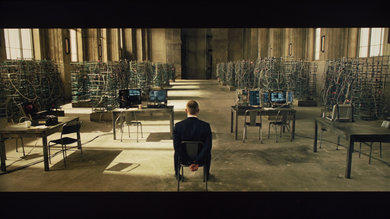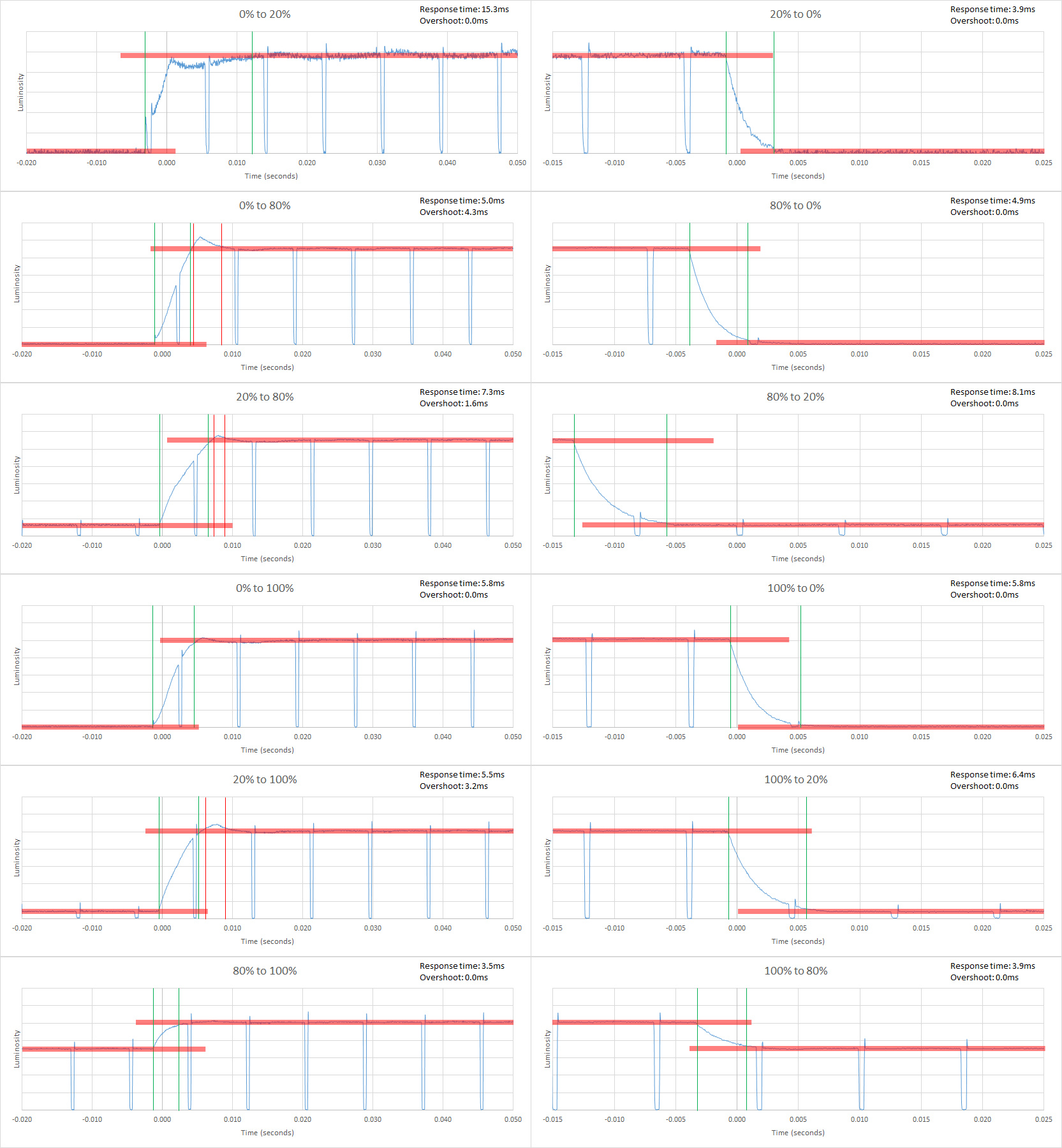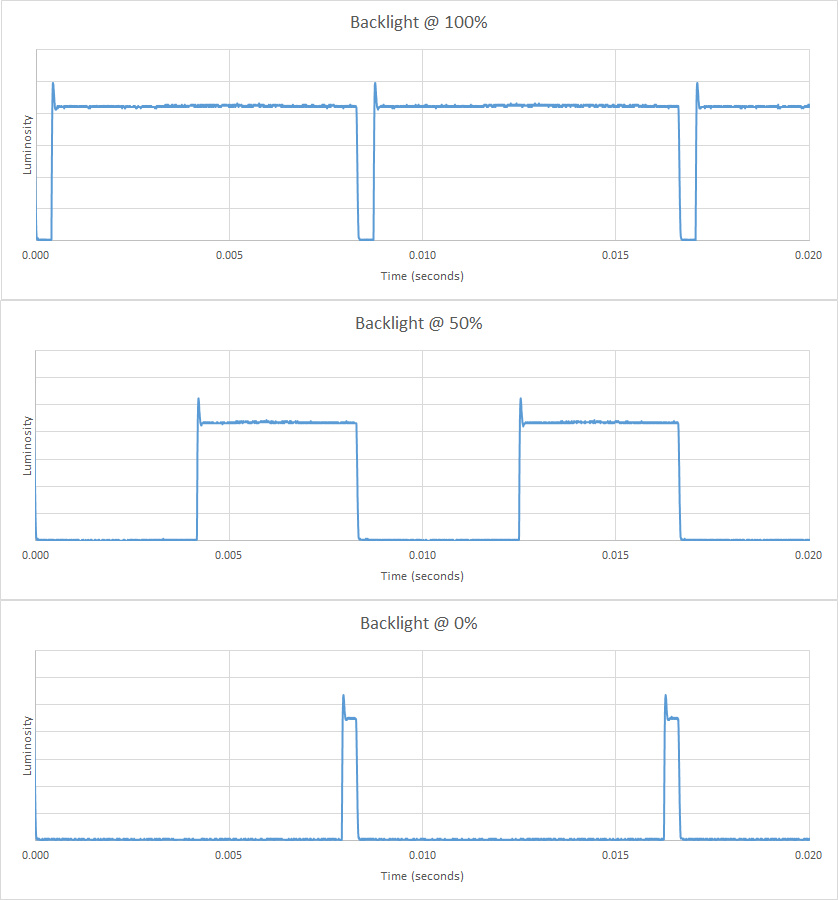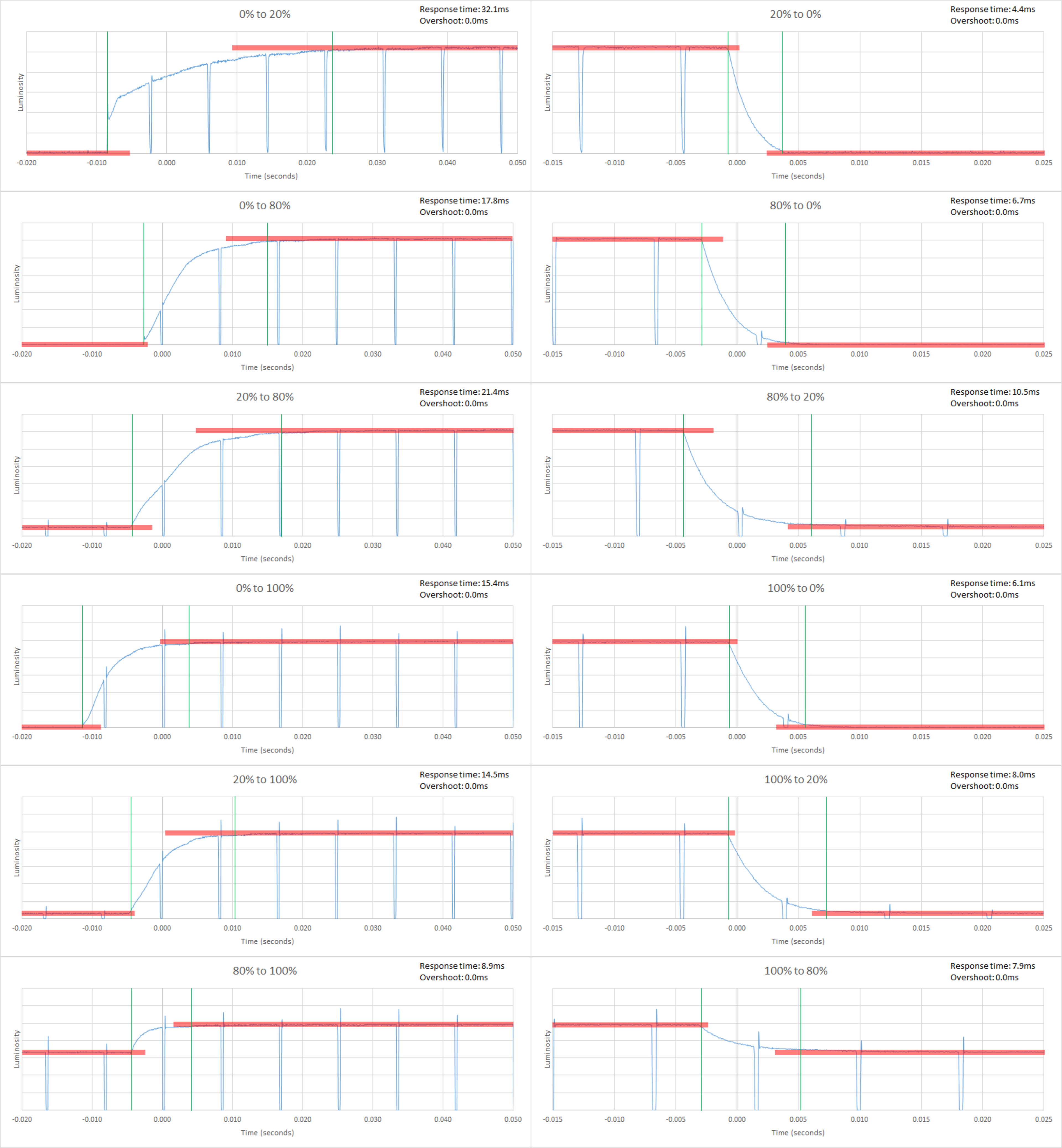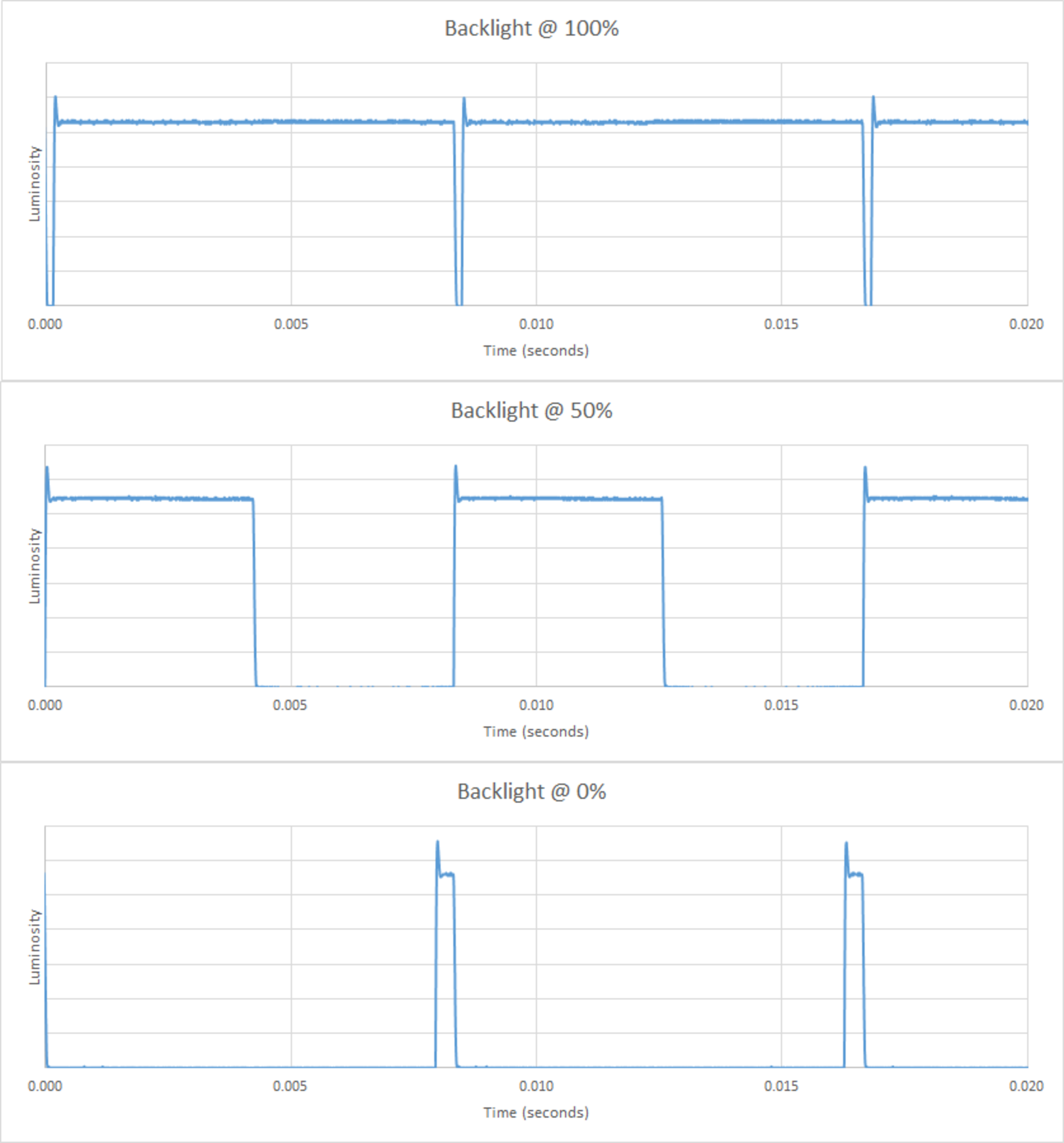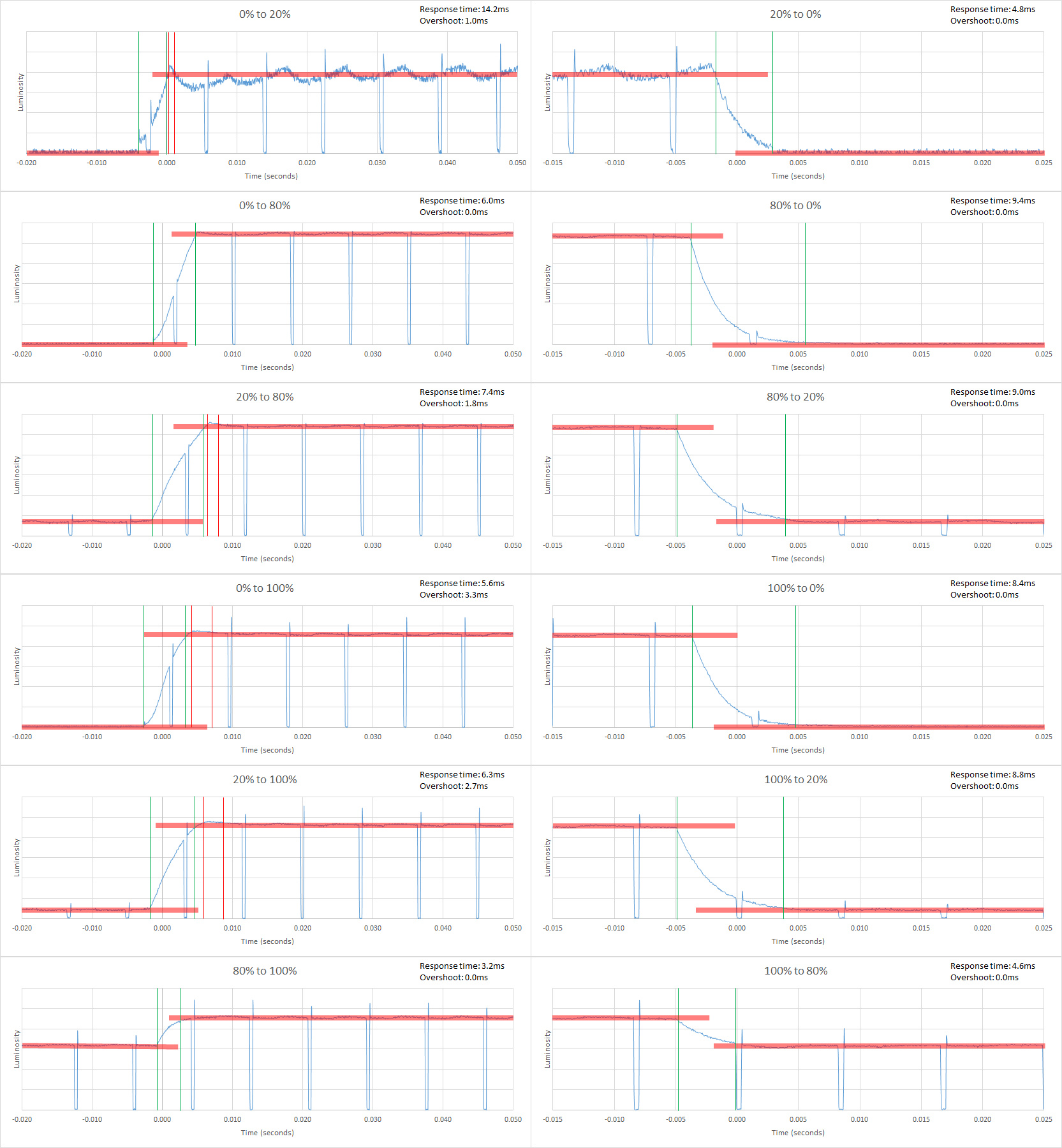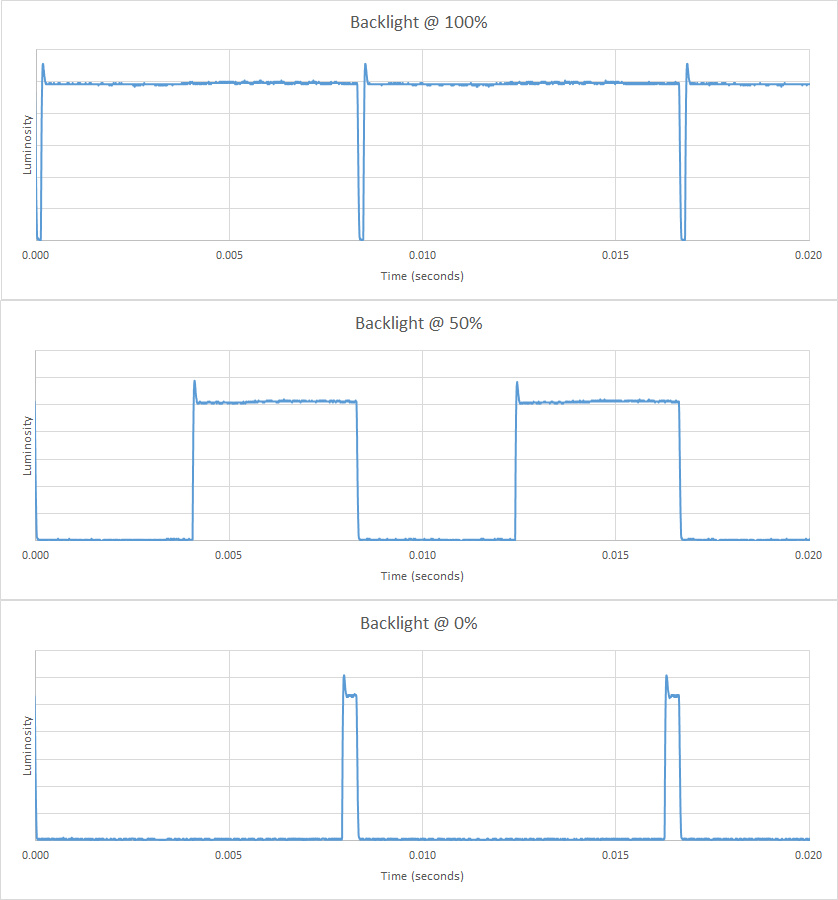It's no secret that TV manufacturers use outsourced panels in their TVs. For instance, brands like Sony and Vizio source the panels on their OLED TVs from LG Display, which is one of the largest manufacturers of OLED panels. Because the majority of TV panels are produced by a handful of companies, it's not unusual to see two units with the same model number have two different panels made by different companies. For a time, Samsung was notorious for doing this, which led people to describe buying a Samsung TV as playing the "Samsung Panel Lottery" because you didn't know what panel you'd end up with when purchasing your TV. In 2020, both LG and Samsung announced they would stop producing their own LCD panels, meaning soon all LCD TVs from the two largest TV manufacturers will use panels outsourced from other companies.
Back in 2016, to determine if the TV panel lottery makes a significant difference, we bought three different sizes of the Samsung J6300 with panels from different manufacturers: a 50" (version DH02), a 55" (version TH01), and a 60" (version MS01). We then tested them with the same series of tests we use in all of our reviews to see if the differences were notable.
Our Samsung 50" J6300 is a DH02 version, which means the panel is made by AU Optronics. Our 55" has an original TH01 Samsung panel. The panel in our 60" was made by Sharp, and its version is MS01.
Contrast
Upon testing, we found that each panel has a different contrast ratio. The 50" AUO (DH02) has the best contrast, at 4452:1, followed by the 60" Sharp (MS01) at 4015:1. The Samsung 55" panel had the lowest contrast of the three: 3707:1.
These results aren't really surprising. All these LCD panels are VA panels, which usually means a contrast between 3000:1 and 5000:1. The Samsung panel was quite low in that range, leaving room for other panels to beat it.
For contrast ratio, we consider a difference of about 500:1 to be noticeable. This means that if you put the 50" and the 55" next to each other in a dark room, you'll see a difference in terms of the blacks, but it won't be huge. While we expect contrast to vary between units, a difference like this is likely an exception.
Motion blur
The motion blur results are really interesting. The response time of the 55" TH01 Samsung panel is around double that of the Sharp and AUO panels. This is even consistent across all 12 transitions that we measured.
For our measurements, a difference in response time of 10 ms starts to be noticeable. All three are within this range, so the difference isn't very noticeable to the naked eye, and the Samsung panel still performs better than most other TVs released around the same time.
Input Lag
Samsung UN50J6300
Samsung UN55J6300
Samsung UN60J6300
We also got different input lag measurements on each panel. This has less to do with software, which is the same across each panel, and more to do with the different response times of the panels (as illustrated in the motion blur section). To measure input lag, we use the Leo Bodnar tool, which flashes a white square on the screen and measures the delay between the signal sent and the light sensor detecting white. Therefore, the tool's input lag measurement includes the 0% to 100% response time of the pixel transition. If you look at the 0% to 100% transitions that we measured, you will see that the 55" takes about 10 ms longer to transition from black to white.
That said, even if you're really looking for it, you won't really feel the input lag difference between these three TVs, as the threshold for noticing a difference in input lag is around 15 ms for most people.
Viewing Angle
Samsung UN50J6300
Samsung UN55J6300
Samsung UN60J6300
All three have bad viewing angles, as expected for VA panels. If you watch TV at an angle, most likely none of these TVs will satisfy you. The picture quality degrades at about 20 degrees from the side. The 60" Sharp panel is worse than the other ones though. In the video, you can see the right side degrading sooner than the other panels.
Conclusion
While we didn't test these TVs for gray uniformity, black uniformity, or out-of-the-box color accuracy, these can also vary between individual units due to manufacturing tolerances. Still, we can make some assumptions that the experiment bears out:
- Different sizes of the same model can have panels manufactured by different manufacturers
- There are differences between individual panels
- The differences are small
- Samsung panels are not better across the board
It's unfortunate that manufacturers sometimes vary the source of their panels and that consumers don't have a way of knowing which one they're buying. Overall though, at least in the units we tested, the panel lottery isn't something to worry about. While there are differences, the differences aren't big and an original Samsung panel isn't necessarily better than an outsourced one. It's also fairly safe to say that the same can be said of other brands. All panels have minute variations, but most should perform within the margin of error for each model.
